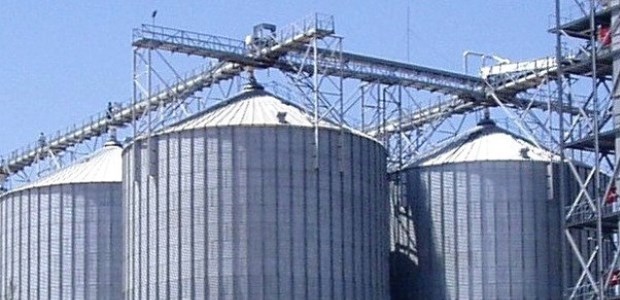
Oregon OSHA Issues Aluminum Phosphide Fumigation Reminder
The active ingredient in a fumigant used to kill insects in grain bins, railcars, ships, shipping containers, and warehouses, it produces phosphine, a toxic and potentially explosive gas. Fumigation Management Plans are required.
Oregon OSHA on March 19 posted a fact sheet reminding companies that using a fumigant that contains aluminum phosphide requires that they prepare a written Fumigation Management Plan before using it. Such fumigants are used to kill insects in grain bins, railcars, ships, shipping containers, and warehouses; the aluminum phosphide is the active ingredient in them, and it produces phosphine, a toxic and potentially explosive gas.
Trade names for these products include Fumitoxin, Phostoxin, Weevil-cide, Gastoxin, and Phosfume, according to the agency's fact sheet. They are restricted-use pesticides that can be purchased and used only under the supervision of a licensed pesticide applicator.
The sheet explains how to prepare a Fumigation Management Plan and that instructions for preparing one also are found in section 20 of the applicator's manual that is obtained when purchasing an aluminum phosphide fumigant. A plan for structures includes information about training and notification of personnel, exposure monitoring, notification of authorities, sealing procedures, application procedures (including the number of people involved and how they are supervised), and post-application operations.
"You must prepare a FMP for each fumigation. Keep the FMP on file for two years," it states.